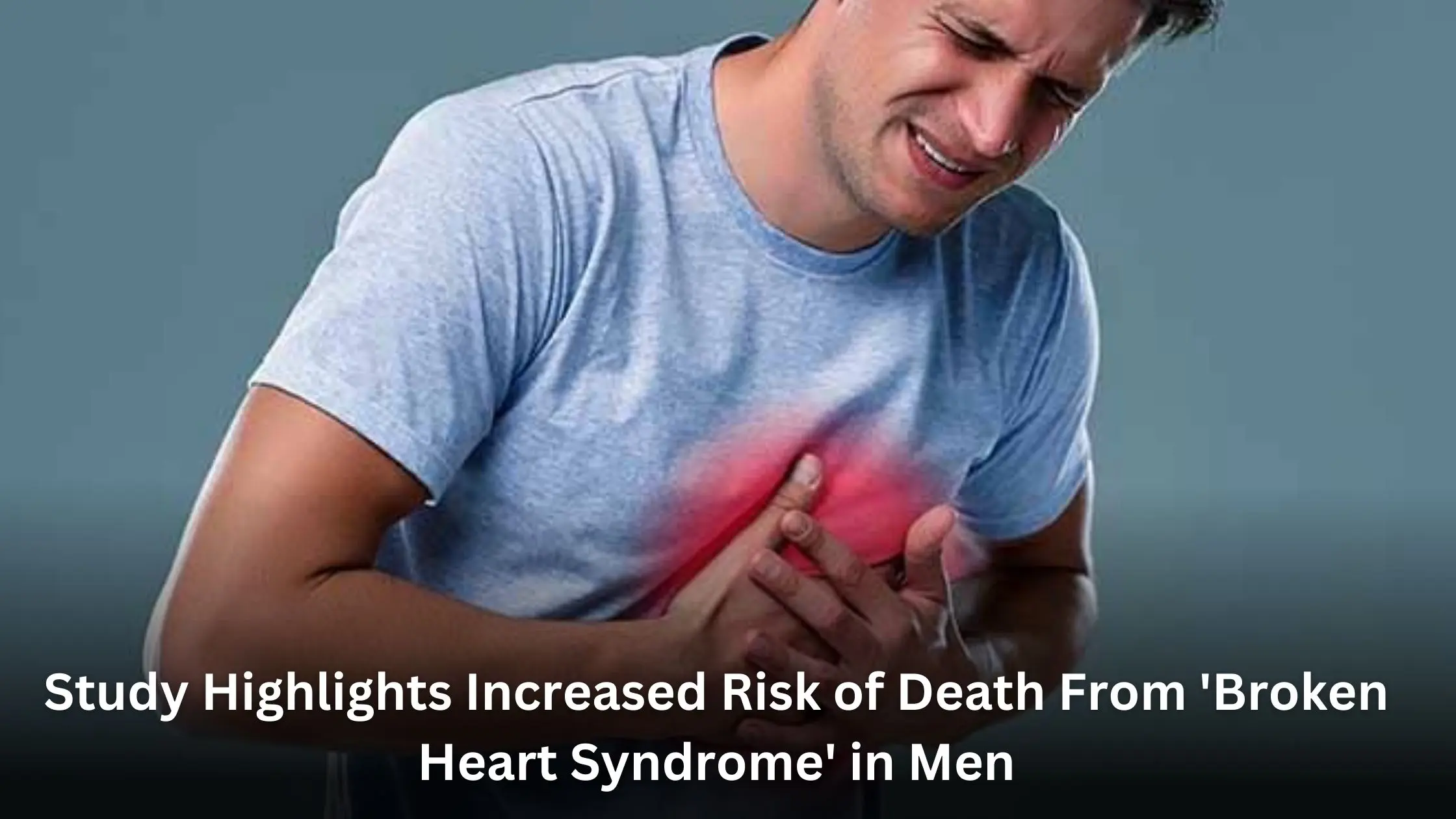A growing body of research sheds light on the serious health risks associated with takotsubo cardiomyopathy (TC), commonly known as “broken heart syndrome.” While the condition is often considered rare, it is becoming increasingly recognized in the medical community for its potentially fatal consequences. TC is triggered by extreme emotional or physical stress, often following life-altering events such as the loss of a loved one or a significant health crisis.
What makes this condition even more concerning is the stark difference in its impact on men and women. According to a new study conducted by researchers at the University of Arizona, men are dying from TC at more than twice the rate of women. This alarming discovery is prompting health experts to call for greater awareness, improved diagnostic methods, and tailored treatments to address the unique risks faced by men.
Understanding Broken Heart Syndrome
Takotsubo cardiomyopathy is a temporary but severe weakening of the heart muscle that often results in symptoms similar to those of a heart attack. These symptoms include chest pain, shortness of breath, and irregular heart rhythms. Unlike a heart attack, however, TC is not caused by blocked coronary arteries. Instead, it occurs due to a sudden surge of stress hormones, such as adrenaline, which temporarily affect the heart’s ability to pump blood effectively.
The name “takotsubo” comes from a Japanese word referring to an octopus trap, which the heart’s shape can resemble during episodes of the syndrome. While initially thought to be rare, TC is increasingly being diagnosed worldwide, partly due to greater awareness among healthcare providers.
Despite its seemingly benign reputation as a stress-induced condition, the reality of TC can be far more severe. It is not just a fleeting ailment but one with lasting implications for physical and emotional health, especially in men.
Key Findings From the Study
The University of Arizona researchers analyzed extensive data from 199,890 U.S. patients diagnosed with TC between 2016 and 2020. The study, published in the Journal of the American Heart Association, offers critical insights into the condition’s prevalence and outcomes:
- Incidence Trends: TC diagnoses have increased slightly over the five years studied, particularly among women. However, this does not diminish its impact on men, who are more likely to face severe outcomes.
- Mortality Rates: The mortality rate for men diagnosed with TC stood at 11.2%, more than twice the rate for women, which was 5.5%. Overall, 6.5% of patients succumbed to the condition during the study period.
- Complications: Many patients experienced serious complications, including:
- Congestive heart failure (35.9%)
- Atrial fibrillation (20.7%)
- Cardiogenic shock (6.6%)
- Stroke (5.3%)
- Cardiac arrest (3.4%)
Dr. M. Reza Movahed, the study’s lead author, noted that the high complication and mortality rates reflect the need for early diagnosis and intervention, particularly in high-risk groups like men.
Why Are Men at Greater Risk?
The study revealed several key factors contributing to the heightened risk of death among men with TC:
- Physical Stress Prevalence: Men are more likely than women to experience TC triggered by physical stressors such as infections, surgery, or injuries. These cases tend to be more severe and carry a higher risk of complications.
- Hormonal Differences: Hormonal variations, particularly in stress-response mechanisms, may play a role in the disparity. Women are believed to benefit from protective effects of estrogen, which may help mitigate the impact of stress on the heart.
- Delayed Diagnosis and Treatment: Men may be less likely to seek immediate medical attention for symptoms, leading to delays in diagnosis and treatment that can worsen outcomes.
The findings underscore the need for greater awareness among men and healthcare providers alike, ensuring that symptoms of TC are recognized and addressed promptly.
Diagnosing and Treating TC
Diagnosing TC can be challenging due to its similarity to a heart attack. In many cases, it is misdiagnosed or overlooked entirely, delaying critical interventions. However, specific tests, such as echocardiograms and coronary angiography, can help differentiate TC from other cardiac conditions.
To improve outcomes, healthcare providers recommend several strategies:
- Anti-Clotting Medications: Patients with severely weakened heart muscles or irregular heart rhythms may benefit from medications to prevent complications like embolic strokes.
- Stress Management: Emotional stressors, such as bereavement or major life changes, should be addressed through counseling, therapy, or lifestyle adjustments to reduce the likelihood of recurrence.
- Ongoing Monitoring: Patients diagnosed with TC should be closely monitored for signs of heart failure, arrhythmias, or other complications, particularly in the months following their initial episode.
The Need for Further Research
Despite growing awareness of TC, significant gaps remain in our understanding of its causes, risk factors, and long-term effects. Dr. Movahed emphasized the importance of continued research to develop better diagnostic tools and therapeutic approaches.
“The continued high death rate is alarming,” he stated. “More studies are needed to explore innovative treatments and preventive measures, particularly for male patients who appear to be at greater risk.”
A Broader Impact
While the term “broken heart syndrome” evokes thoughts of emotional distress, the condition is not limited to romantic heartbreak. TC can result from a wide range of stressors, highlighting the interconnectedness of physical and mental health. Losing a loved one, undergoing major surgery, or even experiencing financial hardship can take a toll on the heart, sometimes with fatal consequences.
As awareness of takotsubo cardiomyopathy grows, healthcare providers and patients must prioritize early detection and treatment. By understanding the unique risks men face, the medical community can take steps to reduce the condition’s impact and save lives.
This study serves as a reminder of the importance of holistic health care, emphasizing both physical and emotional well-being to prevent and manage conditions like TC.

